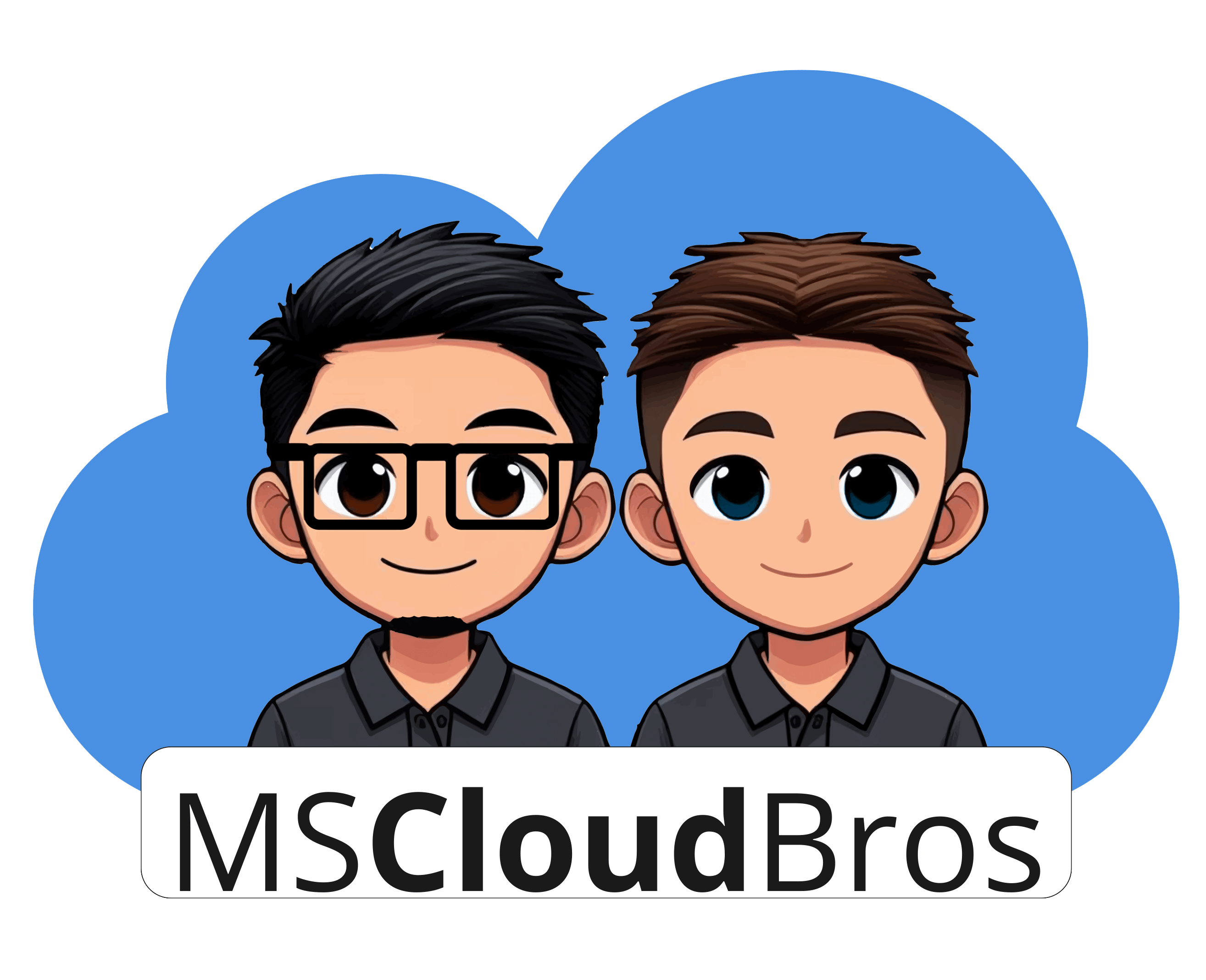In cloud services, the ability to deliver web-based applications efficiently and securely is paramount. Microsoft Azure Application Gateway stands out as a pivotal component in managing web traffic and ensuring optimal performance and security. This article dives into the intricacies of Azure Application Gateway, exploring its capabilities, architecture, and deployment strategies.
Understanding Azure Application Gateway
Azure Application Gateway is a web traffic load balancer that enables you to manage traffic to your web applications. Traditional load balancers operate at the transport layer (OSI Layer 4 – TCP and UDP) and route traffic based on source IP address and port, to a destination IP address and port. However, Azure Application Gateway operates at the application layer (OSI Layer 7), which allows it to make routing decisions based on additional attributes of an HTTP request, such as URI path or host headers.
Key Features
- Layer 7 Load Balancing: Distributes incoming application traffic across multiple targets, such as virtual machines (VMs), containers, and IP addresses, at the application layer.
- SSL Termination: Handles the SSL termination at the gateway level, offloading the SSL processing from the backend servers and improving performance.
- URL-based Routing: Routes traffic to backend server pools based on URL paths of the request.
- Multi-site Hosting: Supports hosting of multiple websites behind a single Application Gateway.
- Web Application Firewall (WAF): Offers centralized protection of your web applications from common exploits and vulnerabilities.
- Session Affinity: Uses cookies to maintain session affinity, which is essential for user sessions in scenarios where session state is saved locally on the backend server.
- Connection Draining: Helps gracefully remove backend pool members during planned service updates.
- Custom Health Probes: Provides customizable health probes for more precise control over the traffic to backend resources.
Architecture and Components
The architecture of Azure Application Gateway consists of several components that work together to provide a robust and flexible web traffic management solution.
Frontend IP Configuration
The Application Gateway can be configured with a public IP address, a private IP address, or both, depending on whether you want to expose the Application Gateway to the internet or keep it internal to your virtual network.
Listeners
Listeners are responsible for handling incoming traffic to the Application Gateway. A basic listener listens for traffic on a single IP address, port, and protocol, while a multi-site listener can handle traffic for multiple domain names or host headers.
Backend Pools
Backend pools consist of backend servers where the application traffic is forwarded. These can include Azure VMs, VM scale sets, public IPs, internal IPs, fully qualified domain names (FQDNs), and Azure App Services.
Rules
Routing rules determine how traffic is routed from the listeners to the backend pools. These rules can be based on URL paths, host headers, or other HTTP attributes.
Health Probes
Health probes monitor the health of backend pool members and ensure that traffic is only routed to healthy instances.
Deployment Considerations
When deploying Azure Application Gateway, there are several factors to consider:
Virtual Network Integration
Application Gateway must be deployed within a virtual network subnet specifically dedicated to it, known as the “GatewaySubnet”.
Sizing and Scaling
Choosing the right size and configuration for your Application Gateway is crucial for performance and cost optimization. Azure offers various sizes and the ability to auto-scale based on traffic load.
Availability Zones
To ensure high availability, Application Gateway can be deployed across multiple availability zones in supported regions.
Security
Security is a top priority when deploying any internet-facing service. Azure Application Gateway provides various features to enhance security, including WAF, SSL termination, and end-to-end SSL.
Advanced Configurations
Path-Based Routing
Azure Application Gateway allows you to route traffic based on specific URL paths. This feature is particularly useful when you have multiple applications hosted behind the same gateway. By defining routing rules based on path patterns, you can direct requests to the appropriate backend pool. For example:
- Requests to https://myapp.com/api can be routed to an API backend pool.
- Requests to https://myapp.com/admin can be directed to an administrative backend pool.
Redundancy and High Availability
To ensure fault tolerance and high availability, consider deploying Application Gateway across multiple availability zones. This configuration provides resilience against zone failures and ensures uninterrupted service even during maintenance or outages.
Autoscaling
Application Gateway supports autoscaling based on demand. You can configure autoscaling rules to dynamically adjust the number of instances based on traffic patterns. Autoscaling helps optimize costs by scaling up during peak hours and down during off-peak times.
Custom Error Pages
Custom error pages allow you to display user-friendly error messages when backend servers return HTTP error codes. You can create custom error pages for common errors like 404 (Not Found) or 502 (Bad Gateway).
Pricing Considerations
Standard vs. WAF
Azure Application Gateway comes in two flavors: Standard and Web Application Firewall (WAF). The WAF version includes additional security features, such as protection against OWASP Top Ten vulnerabilities. Be aware that WAF incurs higher costs due to its enhanced security capabilities.
Pay-as-You-Go vs. Reserved Instances
You can choose between pay-as-you-go pricing or reserved instances. Reserved instances offer cost savings if you commit to a specific duration (e.g., 1 or 3 years). Evaluate your workload requirements and budget to make an informed decision.
Best Practices
SSL Offloading
Leverage Application Gateway for SSL termination. By offloading SSL processing to the gateway, you reduce the load on backend servers and improve overall performance.
Consistent Naming Conventions
Adopt a consistent naming convention for listeners, backend pools, and rules. This simplifies management and troubleshooting, especially in complex setups.
Monitor and Alert
Set up monitoring and alerts for your Application Gateway. Azure Monitor provides insights into performance, health, and potential issues. Use metrics and logs to proactively address any anomalies.
The Wrap Up
Microsoft Azure Application Gateway is a powerful tool for managing web traffic, enhancing security, and ensuring high availability. By understanding its features, architecture, and deployment considerations, you can effectively leverage it to optimize your cloud-based applications.
Thank you for joining us on this deep dive into Azure Application Gateway. If you have any questions or feedback, feel free to share them in the comments section below.

